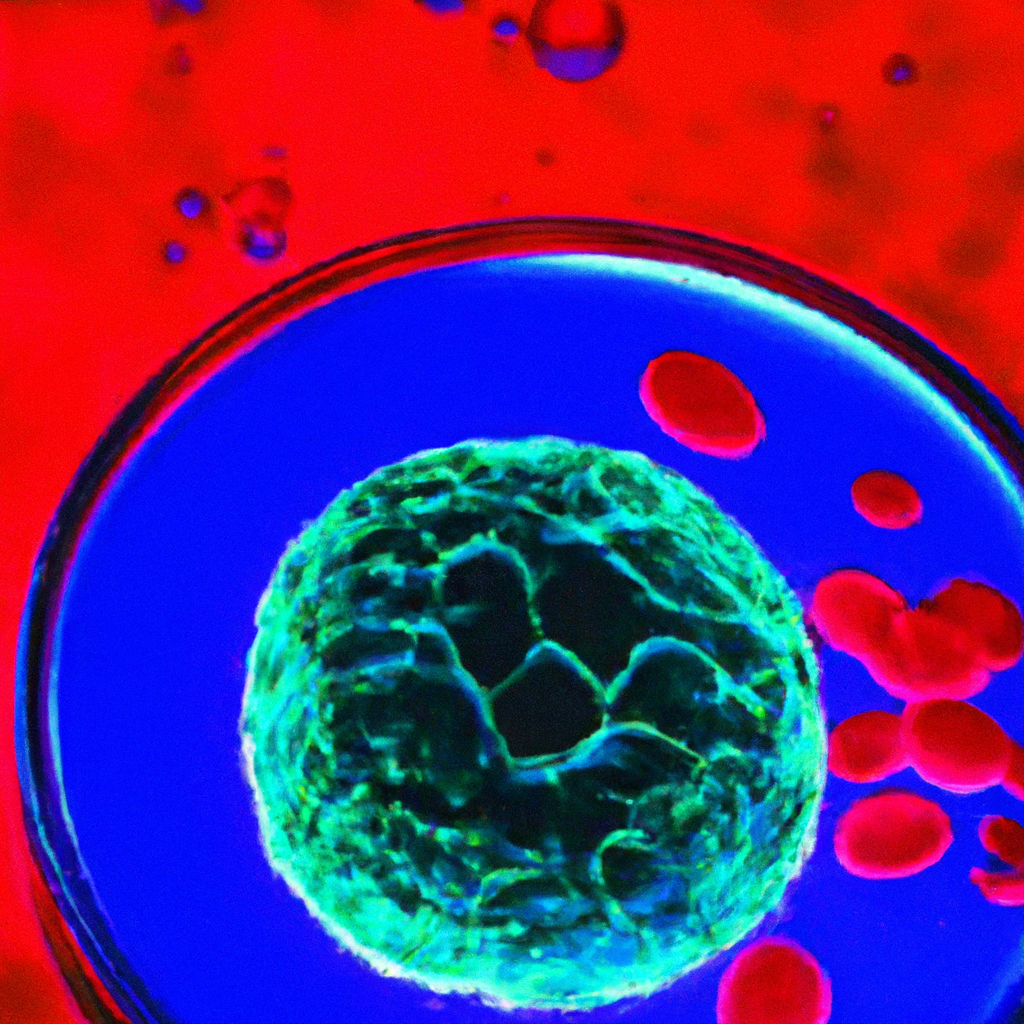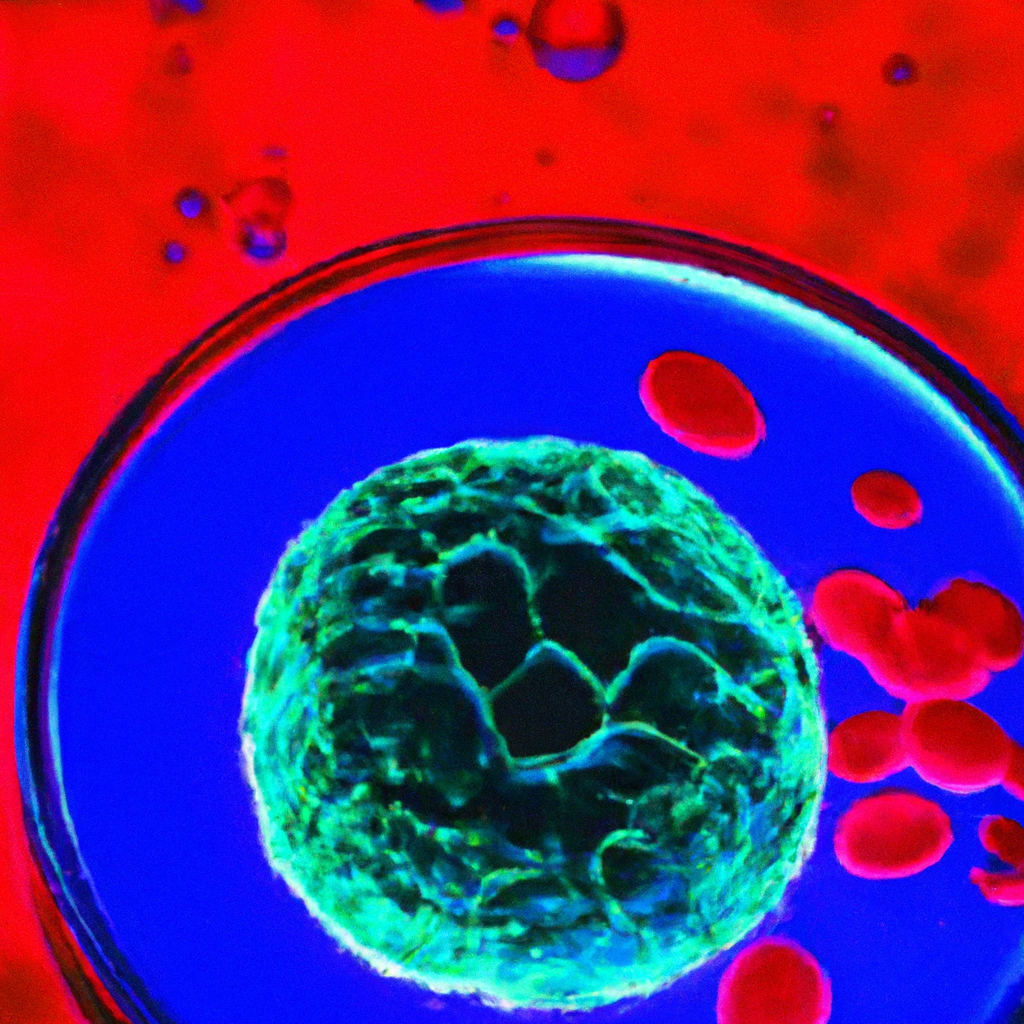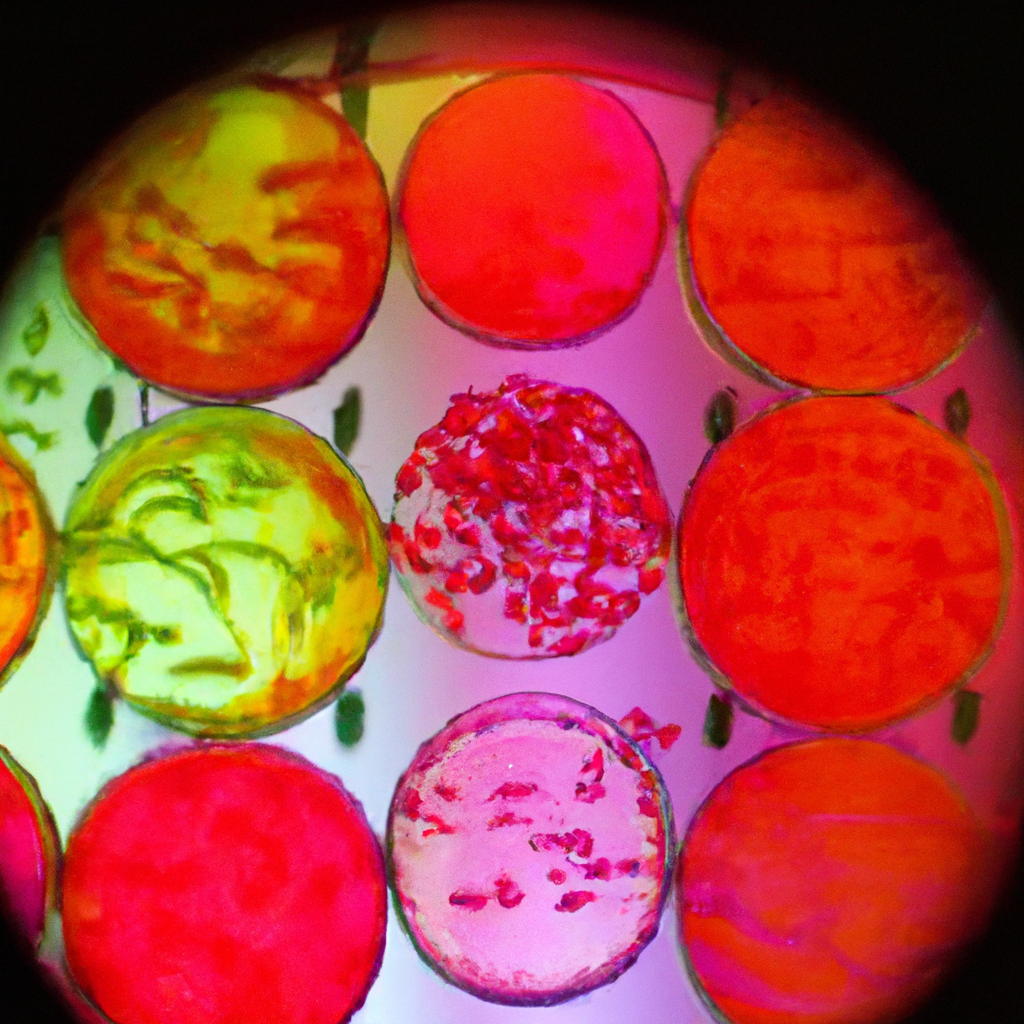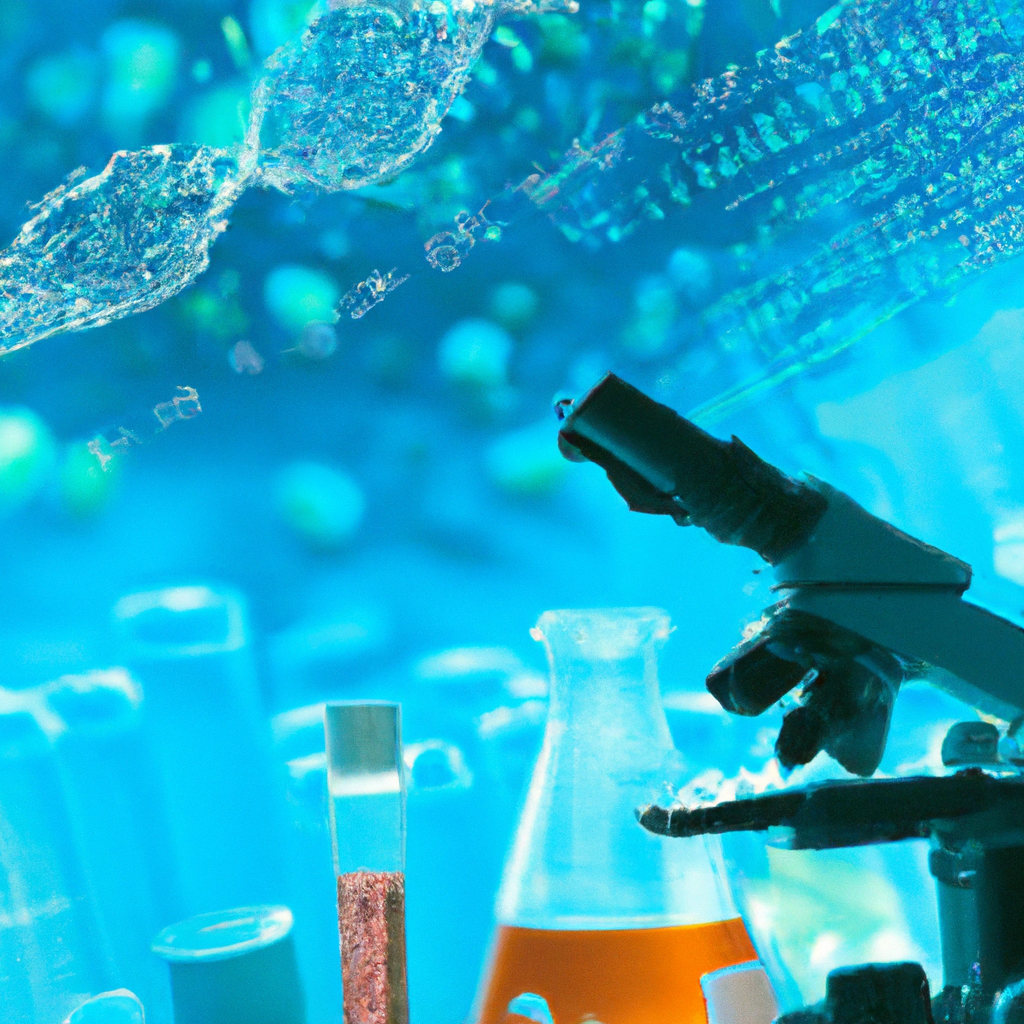Have you ever wondered about the remarkable world of stem cells and their incredible potential in medical advancements? In this captivating guide, we will delve into the fascinating topic of stem cells and their numerous uses in Malaysia. From understanding the basics of these remarkable cells to exploring their applications in various medical fields, this article will provide you with a friendly and informative overview. So, let’s dive right in and discover the endless possibilities that stem cells hold in revolutionizing healthcare in Malaysia.

What are stem cells?
Stem cells are a unique type of cells that have the remarkable ability to develop into different types of cells in the body. Unlike other cells that have a specific function, stem cells are unspecialized and can differentiate into various specialized cells, including muscle cells, blood cells, and nerve cells. This ability to transform into different cell types makes stem cells an invaluable tool in medical research and potential therapeutic applications.
Definition of stem cells
Stem cells are defined as undifferentiated cells that have the capacity to self-renew and differentiate into specialized cell types. These cells possess the ability to divide and produce more stem cells, or transform into different types of cells with specific functions. Stem cells can be derived from various sources, including embryos, adult tissues, and cord blood.
Types of stem cells
There are several different types of stem cells, each with its own unique characteristics and potential uses.
-
Embryonic stem cells (ESCs): These stem cells are derived from embryos that are just a few days old. They have the potential to differentiate into any type of cell in the body. However, the use of ESCs raises ethical concerns, as their extraction involves the destruction of embryos.
-
Adult stem cells: These stem cells are found in adult tissues, such as the bone marrow, blood, and adipose tissue. They have a more limited differentiation potential compared to ESCs but can still give rise to multiple types of cells within their tissue of origin.
-
Induced pluripotent stem cells (iPSCs): iPSCs are adult cells that have been reprogrammed to behave like ESCs. They are generated by reprogramming the cells’ genetic material, which allows them to regain the ability to differentiate into various cell types.
-
Cord blood stem cells: Stem cells can also be collected from the blood of the umbilical cord immediately after birth. These stem cells are less controversial and can be stored for future use in medical treatments.
Properties of stem cells
Stem cells possess certain unique properties that set them apart from other cells in the body:
-
Self-renewal: Stem cells can divide and replicate themselves, creating more stem cells. This ability allows for the continuous supply of these valuable cells.
-
Differentiation: Stem cells have the capacity to develop into specialized cell types through a process called differentiation. This property makes them a potential source for regenerating and repairing damaged tissues.
-
Plasticity: Stem cells exhibit plasticity, meaning they can differentiate into cell types beyond their tissue of origin. This characteristic makes them versatile for use in various medical applications.
-
Immune system modulation: Stem cells have the ability to influence the immune system. They can modulate the immune response and potentially treat autoimmune disorders or prevent rejection in transplant patients.
Stem cell research in Malaysia
Overview of stem cell research in Malaysia
Stem cell research in Malaysia has grown significantly in recent years, driven by the potential benefits and promising applications of stem cells in medical treatments. Researchers and institutions in Malaysia have been actively exploring the therapeutic potential of stem cells, paving the way for innovative treatments and advancements in regenerative medicine.
Malaysia boasts a robust scientific community and state-of-the-art research facilities, enabling the country to actively contribute to the field of stem cell research. Collaborations between universities, research institutions, and hospitals have propelled Malaysia to be at the forefront of stem cell research in the region.
Institutions involved in stem cell research
Numerous institutions in Malaysia are dedicated to stem cell research and actively contribute to advancements in this field. Some prominent institutions include:
-
Malaysian Stem Cell Registry (MSCR): The MSCR serves as a central database for stem cell research and provides resources for researchers, clinicians, and patients. It plays a crucial role in facilitating research collaborations and promoting evidence-based stem cell therapies.
-
Universiti Kebangsaan Malaysia Medical Centre (UKMMC): UKMMC is one of the leading centers for stem cell research in Malaysia. It houses state-of-the-art laboratories and conducts extensive research on various aspects of stem cells, including their applications in regenerative medicine.
-
National Institute of Health (NIH): The NIH plays a crucial role in fostering stem cell research and translating scientific discoveries into clinical applications. It provides funding, resources, and expertise to researchers across the country.
Government regulations and guidelines
The government of Malaysia has recognized the importance of regulating stem cell research and therapy to ensure patient safety and ethical conduct. The National Bioethics Council (NBC) has established guidelines and regulations that govern stem cell research and therapies in the country.
These guidelines outline the ethical principles and standards that researchers must adhere to when working with stem cells. They also address issues such as informed consent, responsible conduct of research, and the use of embryos in stem cell research.
Additionally, the Ministry of Health in Malaysia closely regulates the use of stem cell therapies to ensure their safety and quality. Malaysian stem cell clinics must comply with strict regulations and obtain the necessary approvals to provide stem cell treatments to patients.
Medical applications of stem cells in Malaysia
Stem cell therapy for orthopedic conditions
One of the most promising applications of stem cell therapy in Malaysia is in the field of orthopedics. Stem cells have shown great potential in regenerating damaged cartilage, tendons, and ligaments, offering a non-invasive alternative to traditional surgical procedures.
Orthopedic conditions such as osteoarthritis and sports injuries can benefit from stem cell therapy. By delivering stem cells directly to the affected area, the regenerative properties of these cells can help promote tissue repair and reduce pain and inflammation.
Stem cell therapy for cardiovascular diseases
Cardiovascular diseases, including heart attacks and heart failure, are a leading cause of mortality in Malaysia. Stem cell therapy offers a promising approach to regenerate damaged heart tissue and improve heart function.
Clinical trials conducted in Malaysia have shown encouraging results, demonstrating that stem cell therapy can enhance cardiac regeneration and improve the quality of life for patients with cardiovascular diseases.
Stem cell therapy for neurological disorders
Neurological disorders, such as Parkinson’s disease and stroke, can have a profound impact on the quality of life of affected individuals. Stem cell therapy offers potential solutions for these conditions by promoting neural regeneration and restoring lost function.
Researchers in Malaysia have been actively investigating stem cell therapy for neurological disorders. Clinical trials have demonstrated promising results, showing improvements in motor function, cognitive abilities, and quality of life in patients who received stem cell treatments.
Stem cell therapy for autoimmune diseases
Autoimmune diseases occur when the immune system mistakenly attacks the body’s own cells and tissues. Stem cell therapy holds promise in treating these conditions by modulating the immune response and promoting immune tolerance.
In Malaysia, researchers have been evaluating stem cell therapy as a potential treatment for autoimmune diseases such as multiple sclerosis and rheumatoid arthritis. Early studies have shown promising outcomes, with some patients experiencing a reduction in disease activity and improved symptom management.
Cosmetic and aesthetic uses of stem cells in Malaysia
Stem cell treatments for skin rejuvenation
The field of aesthetics and cosmetics has also embraced the potential of stem cells in Malaysia. Stem cell treatments for skin rejuvenation have gained popularity due to their ability to stimulate collagen production, reduce fine lines and wrinkles, and improve overall skin texture and tone.
In Malaysia, stem cell-based skincare products and treatments are widely available. These treatments typically involve the use of stem cell-derived serums and creams, as well as cosmetic procedures that utilize stem cell-enriched materials.
Stem cell therapies for hair restoration
Hair loss is a common concern for many individuals, and stem cell therapies offer a promising solution to address this issue. Stem cells can be used to stimulate hair follicle regeneration, promote hair growth, and delay the progression of hair loss.
In Malaysia, stem cell-based hair restoration therapies have gained traction, with various clinics offering treatments that harness the regenerative properties of stem cells to rejuvenate and restore hair.

Ethical considerations in stem cell research and therapy
Controversies surrounding the use of embryonic stem cells
The use of embryonic stem cells has been a topic of ethical debate and controversy in stem cell research. The extraction of embryonic stem cells involves the destruction of human embryos, raising moral and religious concerns.
In Malaysia, guidelines and regulations have been put in place to address these ethical considerations. The use of embryonic stem cells in research and therapy is strictly regulated, and alternative sources of stem cells, such as adult stem cells and induced pluripotent stem cells, are encouraged.
Ethical guidelines for stem cell research in Malaysia
To ensure ethical conduct and protect the welfare of patients and research participants, Malaysia has established comprehensive guidelines for stem cell research and therapy. These guidelines cover aspects such as informed consent, privacy protection, and the responsible use of stem cells.
Researchers and medical professionals in Malaysia must adhere to these ethical guidelines and obtain appropriate approvals from regulatory bodies before conducting stem cell research or providing stem cell therapies.
Public awareness and misconceptions about stem cells
Understanding the general public’s perception of stem cells
Despite the increasing prominence of stem cell research and therapy, there are still misconceptions and misunderstandings surrounding this field among the general public in Malaysia. Many individuals are unfamiliar with the science behind stem cells and the potential benefits they offer.
Public awareness campaigns and educational initiatives play a crucial role in bridging this knowledge gap and promoting a better understanding of stem cells. By providing accessible and accurate information, misconceptions can be dispelled, and public acceptance of stem cell research and therapy can be fostered.
Addressing common misconceptions about stem cells
Some common misconceptions about stem cells include the belief that stem cell therapy is a miracle cure for all diseases or that it involves the use of embryonic stem cells exclusively. It is important to address these misconceptions and provide the public with accurate information.
Education initiatives in Malaysia focus on explaining the different types of stem cells, their sources, and their potential applications. By clarifying misconceptions and providing evidence-based information, the public can make more informed decisions and have realistic expectations about the potential benefits and limitations of stem cell therapies.

Regulatory landscape and guidelines for stem cell therapies in Malaysia
Recognized stem cell therapy certifications and accreditations
To maintain patient safety and ensure the quality of stem cell therapies in Malaysia, regulatory bodies have implemented certifications and accreditations for stem cell clinics and practitioners. These certifications ensure that clinics adhere to strict guidelines, maintain proper protocols, and meet specific standards of care.
The National Pharmaceutical Regulatory Agency (NPRA) oversees the regulation of biological products, including stem cell therapies, in Malaysia. Stem cell clinics must obtain the necessary approvals and certifications from the NPRA to provide stem cell treatments to patients.
Ensuring patient safety and quality control in stem cell treatments
The safety and efficacy of stem cell therapies are of paramount importance. Malaysia has put in place regulations to ensure patient safety and quality control in stem cell treatments. Stem cell clinics must comply with Good Manufacturing Practice (GMP) standards and undergo regular inspections to ensure adherence to these guidelines.
Regulatory bodies in Malaysia, such as the NPRA, conduct rigorous assessments of stem cell clinics to evaluate their compliance with safety, quality, and ethical standards. Adherence to these guidelines helps protect patients from potential risks and ensures that they receive high-quality and safe stem cell therapies.
Challenges and future prospects of stem cell research in Malaysia
Current challenges in stem cell research
Despite the significant progress made in stem cell research in Malaysia, several challenges persist. These challenges include limited funding for research, technological limitations, and regulatory complexities. Securing adequate funding for stem cell studies and overcoming technical barriers are key areas that need attention to further advance stem cell research in the country.
Collaborations between researchers, institutions, and policymakers are essential to address these challenges and maximize the potential of stem cell research. By creating a supportive environment and fostering partnerships, Malaysia can overcome these obstacles and make significant strides in this field.
Potential future advancements in stem cell therapies
The field of stem cell therapy holds immense promise for the future of medicine. As research continues to unravel the potential of stem cells, significant advancements are anticipated in various areas, including tissue regeneration, personalized medicine, and disease modeling.
In Malaysia, researchers are actively exploring novel applications of stem cell therapies and harnessing the potential of stem cells to address unmet medical needs. With advancements in technology and growing understanding of stem cell biology, the future holds exciting possibilities for the field of regenerative medicine in Malaysia.
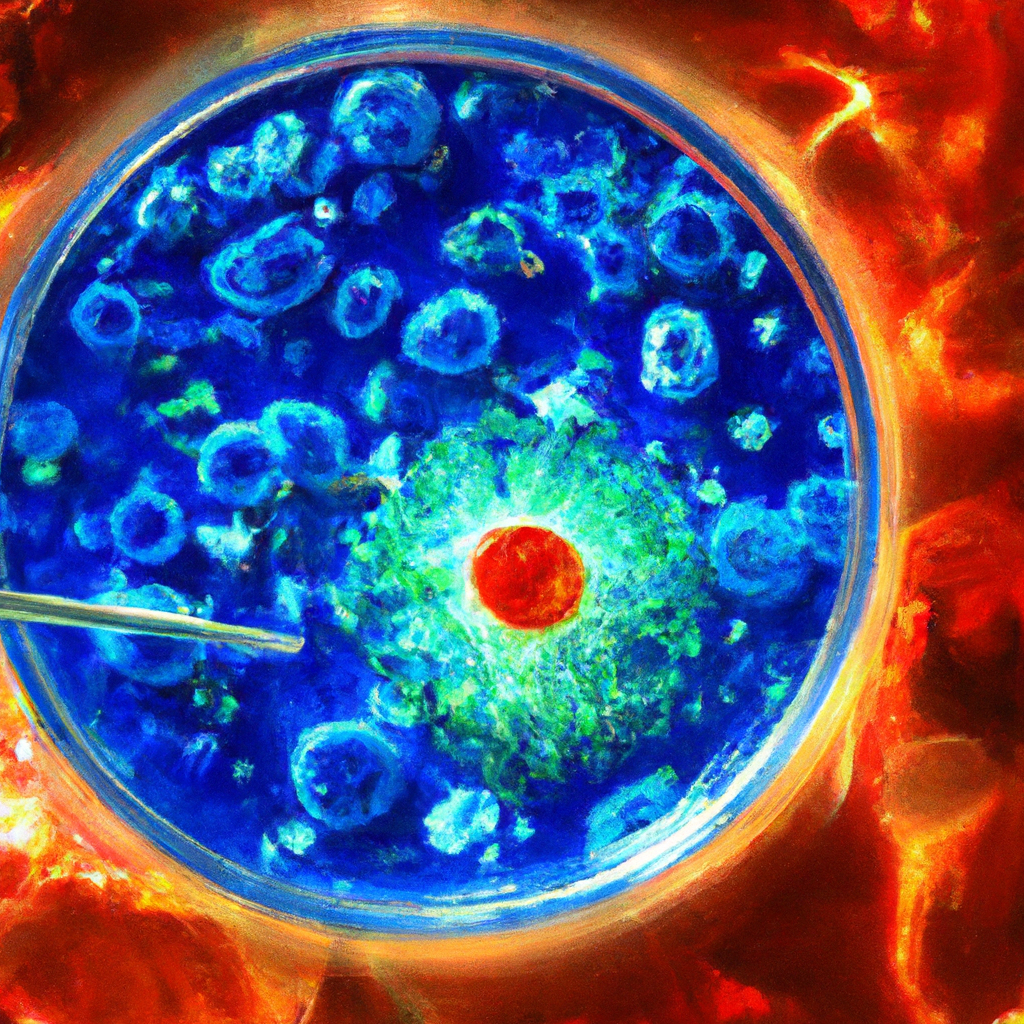
Cost and accessibility of stem cell therapies in Malaysia
Average cost of stem cell treatments in Malaysia
The cost of stem cell therapies in Malaysia can vary depending on various factors, such as the type of treatment, the source of stem cells, and the complexity of the medical condition being treated. On average, stem cell treatments in Malaysia can range from a few thousand to tens of thousands of ringgit.
It is important to note that stem cell therapies are typically not covered by health insurance plans in Malaysia, as they are considered experimental or elective procedures. Patients should carefully consider the costs involved and consult with healthcare professionals to make informed decisions regarding stem cell treatments.
Insurance coverage for stem cell therapies
As mentioned earlier, stem cell therapies are generally not covered by health insurance plans in Malaysia. However, it is advisable for individuals considering stem cell treatments to consult with their insurance providers to ascertain the specific coverage available.
While insurance coverage for stem cell therapies may be limited, it is essential for individuals to discuss their options and explore financial considerations before proceeding with any stem cell treatment.
Availability and accessibility of stem cell clinics
Stem cell clinics in Malaysia are increasing in number, offering a range of stem cell treatments to patients. These clinics are often located in major cities and urban areas. However, it is important to note that not all stem cell clinics provide evidence-based treatments, and ensuring the credibility and reputation of a clinic is crucial.
Patients considering stem cell therapies should conduct thorough research, seek referrals, and consult with medical professionals before choosing a stem cell clinic. It is also important to verify the qualifications and experience of the healthcare professionals involved in providing stem cell treatments.
Success stories and patient testimonies
Stories of patients who have benefited from stem cell therapies in Malaysia
Stem cell therapies in Malaysia have brought about positive outcomes for many patients across various medical conditions. Patients have reported improvements in their quality of life, pain reduction, tissue regeneration, and functional recovery after receiving stem cell treatments.
For instance, individuals with orthopedic conditions such as osteoarthritis have experienced pain relief, increased joint mobility, and improved quality of life after undergoing stem cell therapy. Similarly, patients with cardiovascular diseases, neurological disorders, and autoimmune diseases have reported positive outcomes and improved overall well-being after receiving stem cell treatments.
These success stories highlight the potential of stem cell therapies to revolutionize medical treatments and improve patient outcomes. However, it is essential to note that individual results may vary, and stem cell therapy should always be approached with careful consideration and consultation with medical professionals.
In conclusion, stem cells hold immense potential in revolutionizing the field of medicine and improving the lives of patients in Malaysia. Through ongoing research, stringent regulations, and public awareness efforts, the country is making significant strides in harnessing the power of stem cells for therapeutic applications. While challenges exist, the future of stem cell research and therapy in Malaysia looks promising, with the potential to address unmet medical needs and provide novel solutions to various health conditions.
